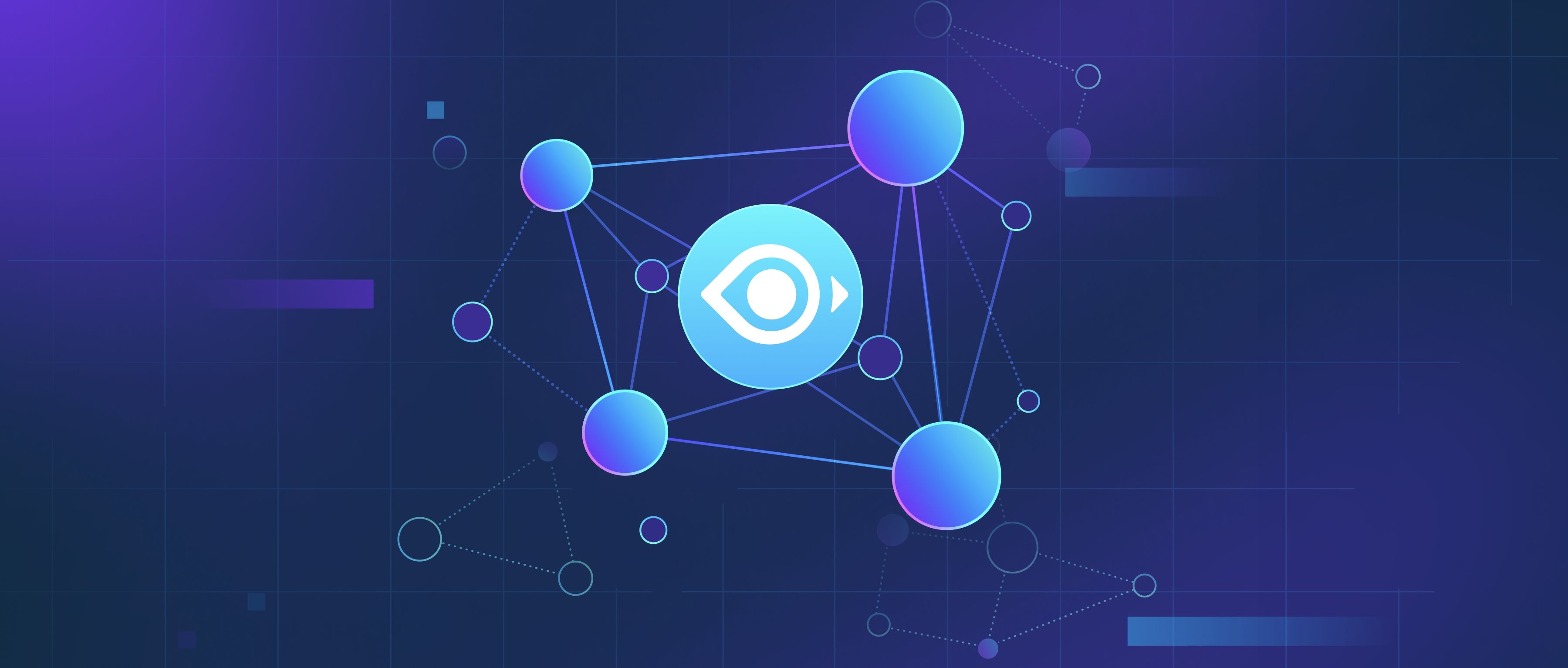Quantum systems utilize entanglement to exchange information through a phenomenon where particles become interconnected in such a way that the state of one particle directly influences the state of another, regardless of the distance between them. When two particles are entangled, measuring the state of one particle instantly provides information about the state of the other. This unique relationship enables the transmission of information in a way that is fundamentally different from classical systems.
For instance, consider a pair of entangled particles, such as photons. If one photon is measured and found to have a certain polarization (let's say vertical), the other photon, when measured, will instantly be found to be in the opposite polarization (horizontal). This direct correlation can be used to transmit information between two parties. If Alice and Bob share a pair of entangled photons, and Alice chooses to measure her photon, she can send a signal about her measurement to Bob, who can then immediately infer the result obtained from his own photon. This is often illustrated in quantum key distribution, where entangled particles help establish a secure communication channel.
However, it is essential to note that entanglement alone does not allow for faster-than-light communication or the transmission of information in a conventional way. The measurement outcomes are random, meaning Alice cannot choose the outcome. The usefulness of entanglement lies in its ability to create a shared reference frame between two parties and enhance security, as any attempt to intercept the communication will disturb the entangled state and reveal the presence of an eavesdropper. Thus, while entanglement enables unique communication mechanisms, it remains bound by the principles of quantum mechanics.
